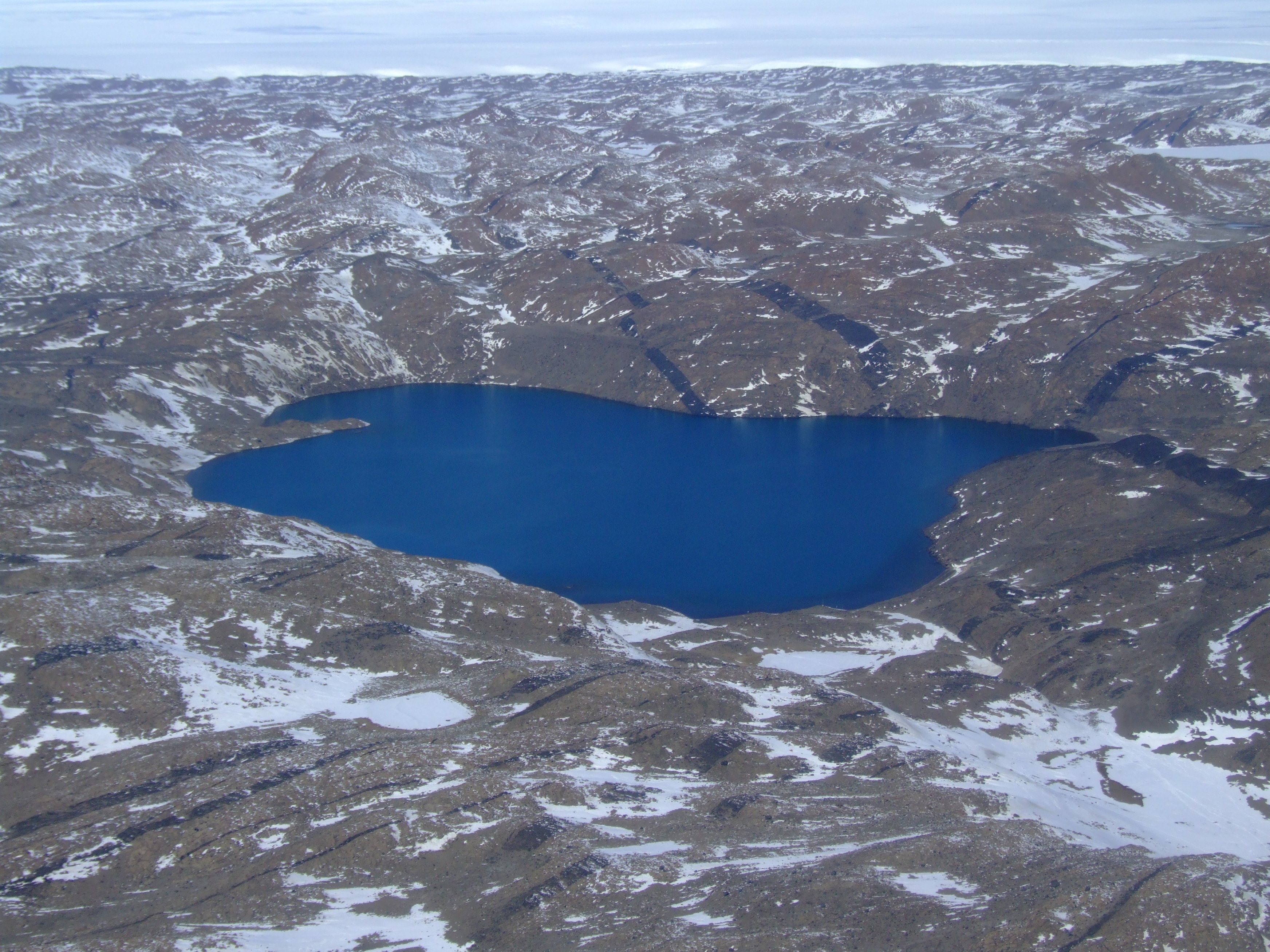We undoubtedly know a great deal about viruses- how these tiny guys consist of little more than a piece of genetic material encased inside a protective shell, they enter a living cell and replicate, often to the detriment of the host.
But what is of concern is how little we know about their origins. Where exactly did these viruses first originate, has long remained a topic of debate among scientists. Are they an ancient, simpler form of life, or did they evolve later when cells first began to appear?
Now, a newly (rather unexpectedly) discovered strange Antarctic microbe could just offer a huge clue to one of evolution’s biggest mysteries.
Richard Cavicchioli of the University of New South Wales in Australia and his colleagues have found this new microorganism in the lakes of the Rauer Islands off the coast of Antarctica. It is an “archaean: a kind of single-celled organism that looks like a bacterium, but actually belongs to a separate domain of life.” They have named it Halorubrum lacusprofundi R1S1.
The team unexpectedly discovered this strain of the Antarctic salt-loving microbes contained plasmids — small molecules of DNA which can replicate independently in a host cell, and which often contain genes useful
to an organism.“Unlike viruses, which encase themselves in a protective protein coat, plasmids usually move around by cell to cell contact, or as a piece of naked DNA,” says research team leader, UNSW scientist Professor Rick Cavicchioli. “But the plasmids that we found in the Antarctic microbes were masquerading as viruses. They produced proteins which went into the host’s membrane, which then allowed the membrane to bud off containing the plasmid DNA. The budded membranes, called membrane vesicles, allowed the plasmids to infect microbes of the same species that did not have any plasmids present, and then replicate themselves in the new host,” he says.
Study first author Dr Susanne Erdmann says: “This is the first time this mechanism has been documented. And it could be an evolutionary forerunner to some of the more structured protective coats that viruses have developed to help them spread and become successful invaders.
“This finding suggests some viruses may have evolved from plasmids,” she says.
When they analyzed this microorganism, the scientists discovered a small fragment of DNA known as a plasmid. To their surprise, this particular plasmid (pR1SE) behaved much the same way as a virus does, suggesting that it could in fact be the form of life from which viruses originally developed.
There have been three leading ideas: either viruses originated before cells, or some cells evolved simpler forms and became viruses, or genes “escaped” from cells and became viruses. This third escape hypothesis has gathered support in recent years: in March 2017, a study suggested that many capsid proteins can be traced back to proteins found in cells.
The evidence implies that such escapes began early in the history of life, says Patrick Forterre of the Pasteur Institute in Paris. “Traditionally the escape hypothesis has been associated with the idea that viruses are recent,” he says. “Now the escape hypothesis should be viewed in a broader context.” The first viruses may have escaped from some of the first cells on Earth.



























